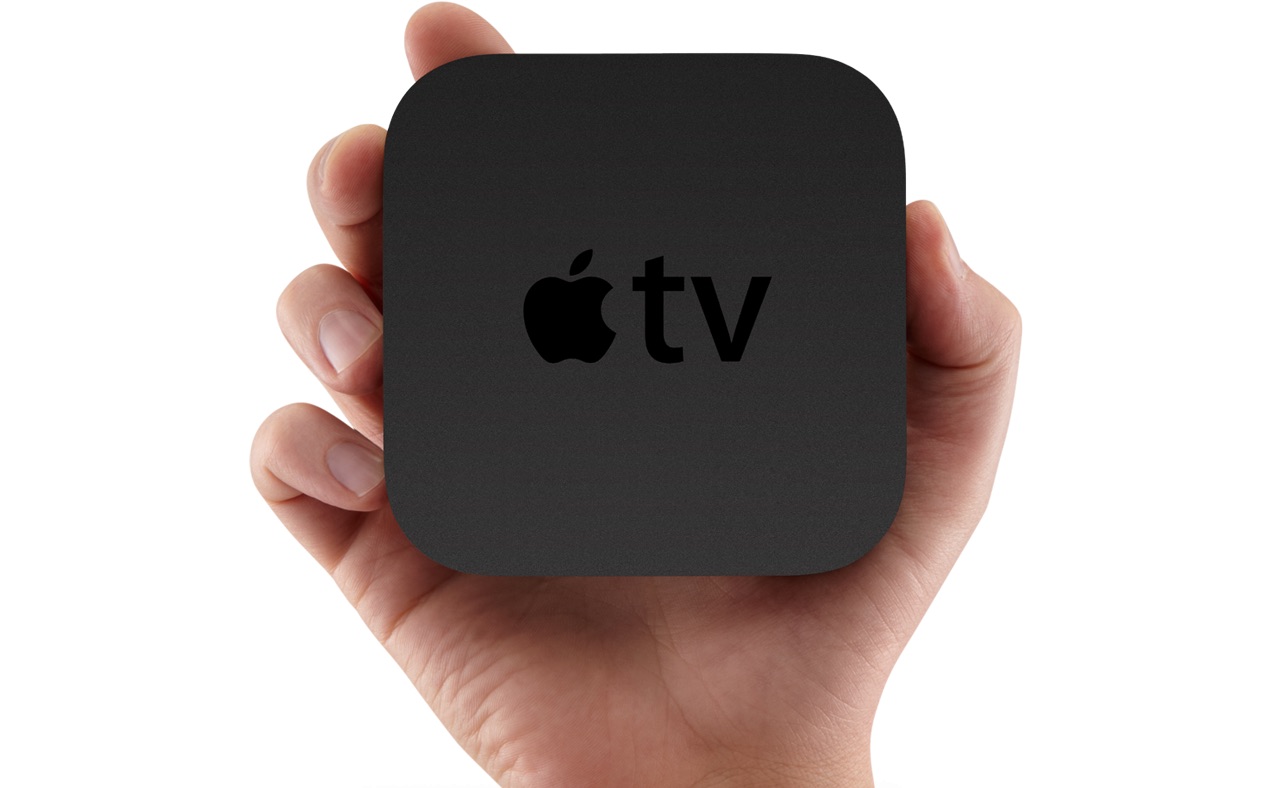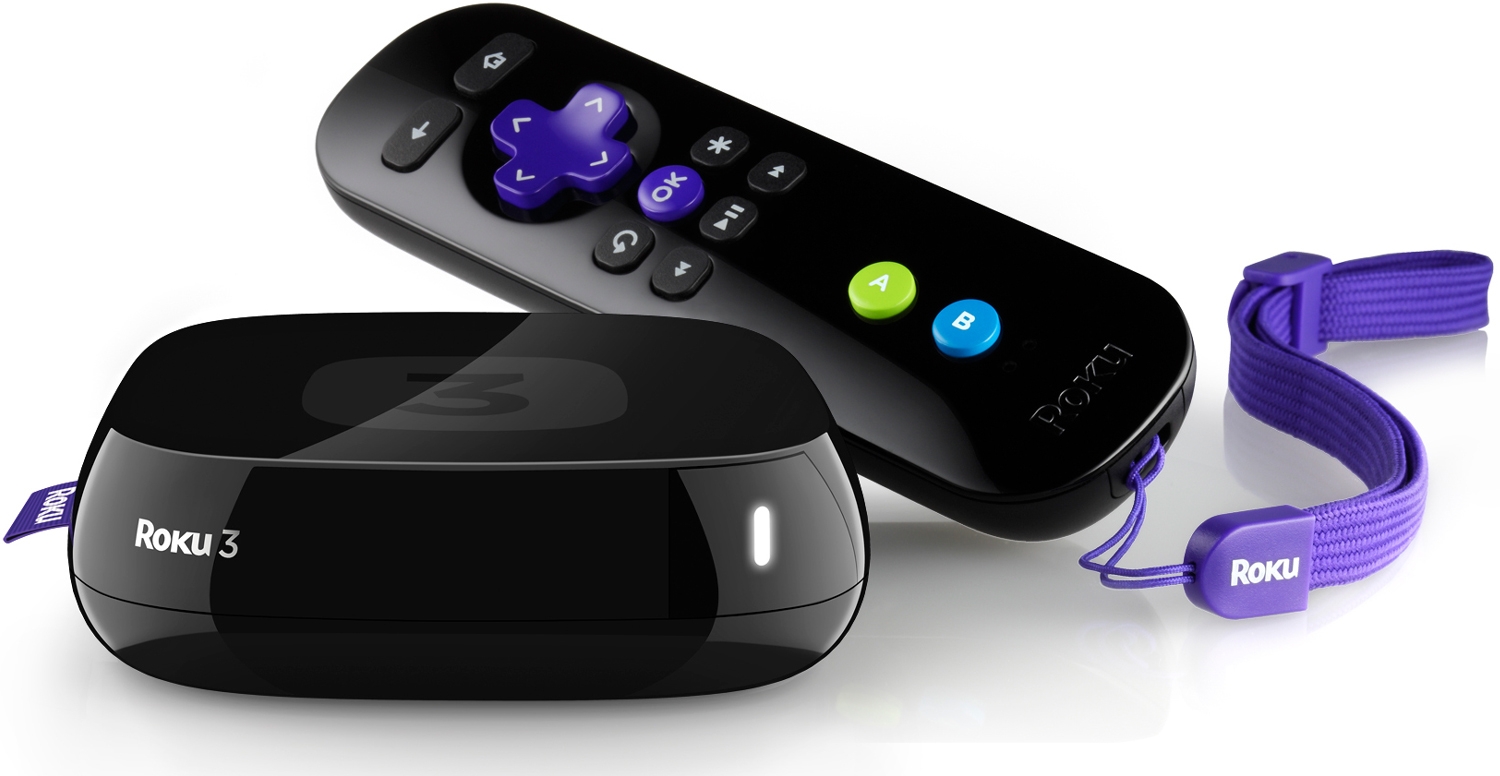
GoGear: RVer's Guide to Streaming Media
The seismic change in how we consume and use video has been making its way into our homes and our RVs, but all this great choice comes with confusion. Entertainment technology is quickening in pace. For instance, we've got two DVD players built into our Navion's entertainment systems, and I've never used them. Come to think of it, I've only shoved a disc into our Blu-ray player in our living room at home once in the past three years. Why? It's all about streaming, baby!
RVers traditionally consume video in one of four ways: over the air, cable, satellite and DVD. A fifth option, streaming, has quickly muscled it's way into the home, but still remains challenging for the RVer.
For budget-minded TV viewing travelers a combination of an over-the-air antenna and a DVD player will pretty much fit the bill. For those who like cable news, reality shows, and network series, a satellite is going to be the best answer.
However, the real action is happening over the Internet in the world of streaming media. YouTube, Netflix, and their many companions are upending the traditional hegemony of the content companies (movie studios, tv networks) and transmission companies (telephone, cable, satellite). And while this flood of change is rapidly engulfing traditional residences with a proliferation of choices, it's only just lapping at the drop-down steps leading up and into our RVs.
Bandwidth Hell Explained
The biggest hurdle the traveling viewer needs to overcome is finding and affording useable bandwidth. Most RV park and public wi-fi hotspots are severely limited by speed, but at least they're generally free. Cellular data networks offer 4G LTE which is quite fast, but it's metered data consumption gets expensive.
Many cell users go with fairly low data plans offering 500MB to 1GB of data per month. Here's a rough estimate of how much streaming data consumes:
Streaming music services send their songs out a different bit rates. A lower fidelity bitrate like 64kbps is what Pandora uses and (for most casual listeners, this is fine). At that rate, you'd burn through 1 GB of data after playing music for 36 hours. A higher fidelity data stream at 128kbps would be 18 hours.
Video streaming eats up a lot more bandwidth, a lot more quickly. Netflix has a nifty feature that allows you to adjust bandwidth. However, many video services don't offer that control and just automatically push data to you with no easy way of knowing how much you're consuming.
For low quality, Netflix consumes .3GB per hour, medium quality (standard definition) .7GB per hour, and HD quality is up to 3GB per hour. Simply put, you can easily blow through your monthly data plan just watching one movie.
To be able to adequately stream video from free RV park or public wifi hotspots, you need about 1.5Mbs of speed. On the road I often check bandwidth speeds on my MacBook using a speed test web site (there's quite a few). On my iPad and iPhone there's a free app called Speedtest by Ookla that I like. More often than not I find my public wifi download speeds are in the 300-700K range. While that's fast enough for getting e-mails or viewing basic web pages, that's not good enough for video. Now, when I'm on AT&T's cellular data network I'll see speeds ranging from 1.5Mbs to a very robust 7Mbs which is plenty fast.
The times I find RV park wifi to be the fastest is in the middle of the day when everyone's out and about or very late at night. Just remember, these public systems are like like plumbing where the water pressure drops while everyone's flushing their toilets at half-time during the SuperBowl.
At this point you may have been losing your zeal for streaming on the road, but the good news is that bandwidth is increasing in speed and the costs are on a slow, but inexorable downhill march. And it's probably going to get better. I take comfort in remembering that when my parents traveled in a motor home in the 70's and 80's the only communication options were pay phones and CB radios.
In just this past year AT&T now rolls our unused data for the month into the next (only one month rolls at a time), which means that when we take a trip for 3-4 weeks we often have twice the normal data volume available to us.
Digital Media Players
While access to fast data can be expensive, the playback technology is very affordable. There are several media players out there and all of them sell for less than $100 dollars. There are three well known stick players: Amazon Fire, Google Chromecast, and Roku Streaming Stick. And then there are two petite, but more powerful boxes: AppleTV and Roku 3. For RVers I think the two boxes worth considering are the AppleTV and Roku Family. The Roku Streaming Stick plugs into a TV's USB port and runs off the TV power. The Apple and larger Roku boxes require 110V power, but if you're dry camping and running off an inverter, take very little power.
If you slosh while you walk from drinking gallons of Apple Kool-Aid, then an AppleTV is for you. The AppleTV provides a wide range of "channels" and, with a separate subscription, you can access popular services like Netflix, Hulu, and HBO Go.
 The AppleTV is a perfect device if you're happy living in Apple's eco-system.
The AppleTV is a perfect device if you're happy living in Apple's eco-system.
If you have another Apple device such as an iPhone, iPad or MacBook, and use iTunes, the AppleTV offers something very compelling -- AirPlay. AirPlay allows you to wirelessly stream media from any of your Apple devices to the ATV. That includes photos and video you shoot with your iPhone and music and movies you've downloaded via iTunes on your MacBook or iPad. This strategy has worked well for us as we occasionally purchase a TV series to watch on the road and download it to either an iPad or a Mac. I've also played my iTunes library (from my Mac) through our TV entertainment sound system, not needing to be connected to the Internet.
 Roku offers several different streaming media players including a wireless jack for headphones on the Roku 3 remote.
Roku offers several different streaming media players including a wireless jack for headphones on the Roku 3 remote.
If your household is less Apple-centric, perhaps using a Windows laptop or Android tablet, then the Roku products are the hands down choice. While the Roku lacks the ability for you to wirelessly stream local content from your computer or tablet, it does have a USB port that you can connect with a cable. Content-wise the Roku offers all the standard programming services you get with the Apple TV, plus dozens more.
Streaming media players have no on-going costs unless you subscribe to a premium service such as Netflix. They are small, consume very little power, and are inexpensive.
Streaming is going to change the way we think about and consume television. Right now the trend for phone and cable providers to increase both the speed and the cost of service. However, just like we witnessed in traditional phone and cell service, prices ultimately start to drop over time. I think we'll see the same hold true over the next five years.
We'll also start to see digital player circuitry built into future TVs. And that cable box you have sitting under your set at home? It will eventually disappear with just a tiny modem feeding all your house TVs and wireless devices (including your door locks, light bulbs and appliances). I expect that a lot of that "gee-whiz" technology will be finding it's way into your RV sooner than you think. Today major manufacturers like Winnebago are working closely with home entertainment and automation companies to offer us more options for seamlessly extending our digital lives on the road.
While it can be confusing and bit frustrating at times, there are moments that I look around our motorhome and think of the corporate industrial 16mm movies I saw in elementary school that painted a picture of a high-tech future. Eliminating the possibility of hovercars, I don't think that even the most wildly creative of films came close to anticipating much of the technology we have in our RVs today. Although that hovercraft idea. . . .
Comments
Comments on this post are moderated, so they will not appear instantly. All relevant questions and helpful notes are welcome! If you have a service inquiry or question related to your RV, please reach out to the customer care team directly using the phone numbers or contact form on this page .